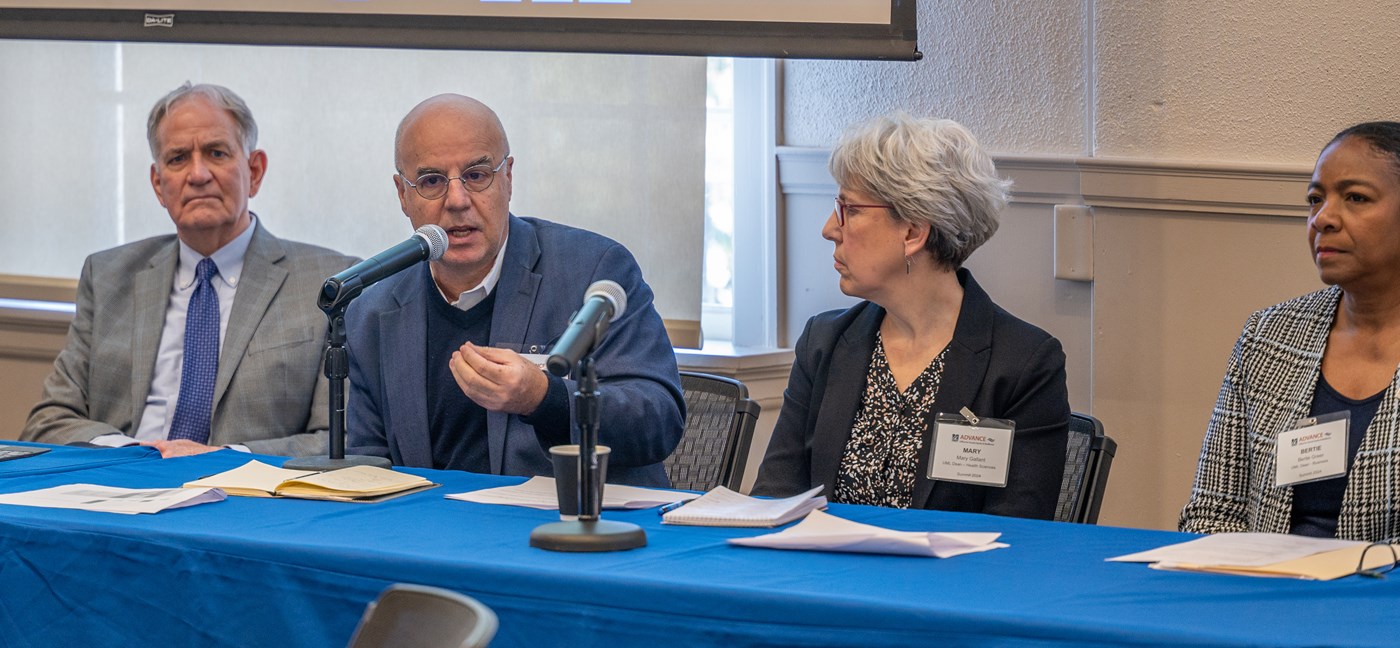Personnel Decision-Making Guidelines
Revised November 2022.
For UMass Lowell Personnel Committees to Adapt as Fits Their Needs
The following are recommendations for the operation of UMass Lowell Personnel Committees at all levels (departmental, college, and university). The detailed decision-making procedures for high stakes decisions are designed to address potential bias and reduce ambiguity around workload expectations. These recommendations are not binding, but are meant to serve as a helpful guide to committees as they go about the critical task of evaluating candidates for tenure and promotion. We encourage committees to keep a record of the process they choose to follow and to share any suggestions/recommendations to be included in these guidelines to help guide future committees.
Preparation & Organizational Issues
- All members of the Personnel Committee should prepare for the meeting(s) by carefully reviewing materials submitted by each candidate and noting a ranking of Excellent, Strong, or Not Satisfactory in each category of research (if applicable), teaching, and service. In each case, members should note evidence from the dossier supporting their initial ranking and also note questions.
- Committee members should come to the meeting prepared to share an initial assessment of the candidate’s standing in each relevant category (e.g., research, teaching, and service), to identify key pieces of evidence for those assessments, and to bring up issues for clarification or questions. These initial rankings will not be recorded, but will be the starting point for discussion in the meeting.
- A written confidentiality agreement should be signed by each member of the Personnel Committee in advance of any discussion.
In the Meeting:
- Sequencing: Candidates will be discussed in the following order based on the rank they are seeking: Associate Teaching/Clinical Professor, Full Teaching/Clinical Professor, Tenure/Associate Professor, Full Professor. Within each of these categories, candidates will be discussed alphabetically.
- Criteria: For each candidate, research (if applicable), teaching, and service will be discussed separately and excellence judged in each category according to the evidence provided in the dossier.
- Pulse Ratings: The discussion of each category will begin with each Personnel Committee member sharing their initial assessment (i.e., Excellent, Strong; or Not Satisfactory). Remember: These are only preliminary ratings shared in order to both 1) hold each committee member accountable for reviewing the dossier carefully and making known whether they have concerns and 2) start an open discussion during which both strengths and weaknesses of each candidate can be surfaced and discussed openly. Some departments have found it helpful to ask all committee members to write down their initial ratings before the verbal check-ins in order to avoid being influenced by what others report. It is advised that these initial ratings be very quick so that every member can weigh in before the full-group discussion begins. It is important to remember that ratings can – and often do – change based on the subsequent discussion.
NOTE: For College and University-level committees, there will be a department/college representative who will “present” the candidate to the committee. We recommend that the representative “present” the candidate’s qualifications separately for each category of research, teaching, and service. We also recommend that those presentations be done after the initial pulse of committee members is shared for each category so that the person doing the presenting will have the opportunity to address emerging questions.
Discussion
- If there is consensus in a category, then discussion can focus on what relevant evidence should be included in the committee letter.
- If there is not consensus within a category, then discussion should involve members asking questions and sharing pieces of evidence that informed their initial impression. The goal is not to reach consensus, but to be sure that all members are considering all of the evidence and that judgments are based on that evidence.
NOTE: Some committees may choose to have members provide their final rating (Excellent, Strong, Not Satisfactory) of the candidate in each category via a secret paper-ballot at the end of discussion about each category. However, this can also be done at the end of the full discussion of the candidate.
Voting
Once all members of the committee have shared their initial views and all informational questions have been addressed, and each category of evaluation has been addressed, there will be a vote on the candidate. The vote of the committee will be determined by a majority of those present and voting (abstentions do not count as “no” votes and absentee voting will not be allowed unless an exception is explicitly voted upon by the committee). The vote can be by secret ballot, but that anonymity should not supersede the need to provide clear evidence for assessment.
NOTE: On this final ballot, many committees choose to include a 3-part assessment (Excellent, Strong, or Not Satisfactory) for each category of research, teaching and service in addition to the overall yes/no vote.
The Committee Letters
- Once the vote is recorded, there will be a discussion outlining the main points and pieces of evidence supporting the vote, in order for the Personnel Committee to write a letter that reflects the substance of the committee discussion.
- In the case of a split vote, the letter will include both majority and minority positions, and the discussion will include the evidence to support both positions. All personnel committee members should sign the letter that shows that it is a true record of the discussion.
- The letter should also note any pieces of evidence that the committee was not able to locate in the materials.

